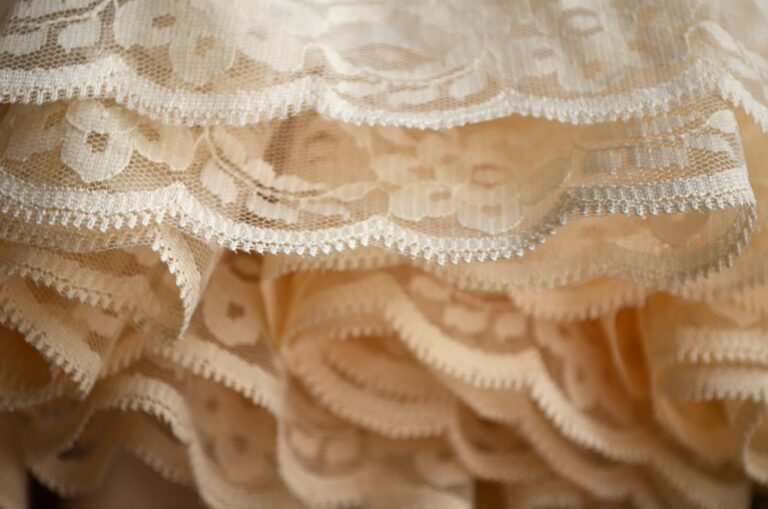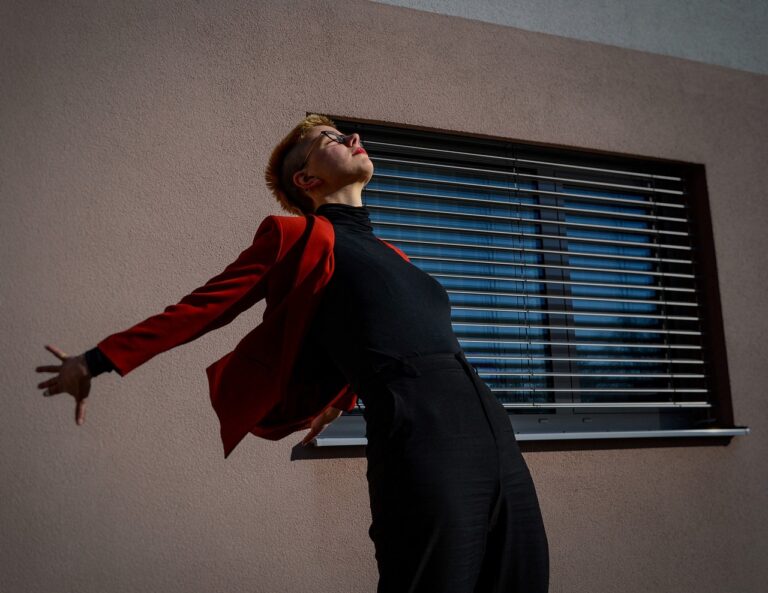Fashion and Travel: Influences from Around the World
Fashion is a powerful reflection of the diverse cultures that exist around the world. Each culture brings its unique traditions, beliefs, and values into the realm of fashion design. From the vibrant colors of traditional Indian saris to the sleek minimalism of Japanese kimono-inspired silhouettes, different cultures play a significant role in shaping global fashion trends.
The impact of various cultures on fashion trends goes beyond aesthetic preferences. It also serves as a means of cultural exchange and appreciation. Through the incorporation of symbols, patterns, and techniques from different cultures, designers are able to create pieces that celebrate and honor the rich heritage of diverse communities worldwide.
Exploring Traditional Textiles in Modern Fashion
Traditional textiles play an integral role in the rich tapestry of global fashion. From intricate hand-woven fabrics to unique dyeing techniques passed down through generations, these traditional textiles bring a sense of cultural heritage and authenticity to modern fashion designs. Designers often draw inspiration from these age-old materials, incorporating them into contemporary pieces to create a fusion of the past and present.
The use of traditional textiles in modern fashion not only pays homage to the cultural roots of these materials but also serves as a way to preserve and celebrate artisanal craftsmanship. By integrating these textiles into their collections, designers are able to showcase the beauty and intricacy of these time-honored techniques while simultaneously infusing their creations with a sense of history and tradition. This blend of old and new adds a unique dimension to fashion, creating pieces that are not only visually stunning but also carry a deeper significance.
How Architecture Inspires Fashion Designers
Looking at the intricate lines and structures of buildings can fuel the creative minds of fashion designers. The clean lines of a modern skyscraper, the ornate details of a historic cathedral, or the geometric shapes of a contemporary museum can all serve as sources of inspiration for runway looks and fashion collections. Architects often play with form, texture, and dimension, which can be translated into innovative silhouettes, prints, and fabric choices in the world of fashion.
Architecture not only influences the aesthetic aspect of fashion but also the concept of functionality. Just like buildings are designed to serve specific purposes, fashion designers can draw inspiration from this idea to create clothing that is not only stylish but also practical and wearable. The concept of balancing form and function is a key aspect of both architecture and fashion design, leading to creations that are not only visually appealing but also functional in real-life situations.





